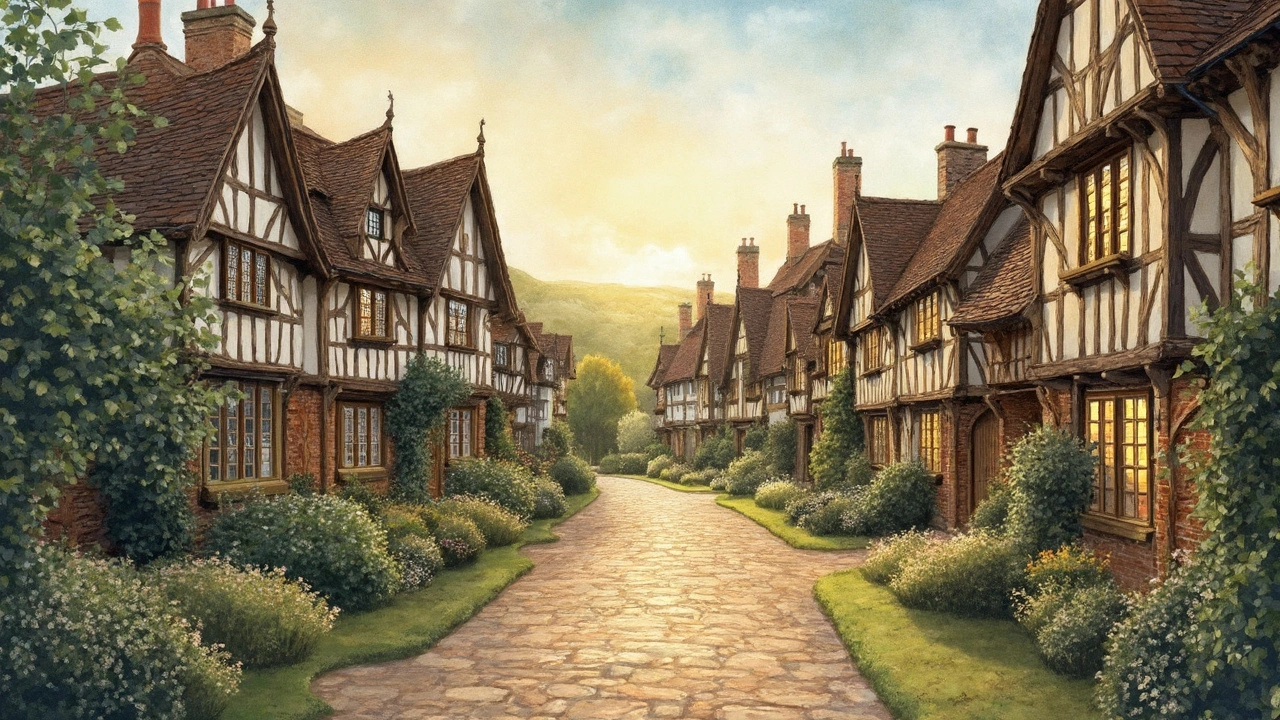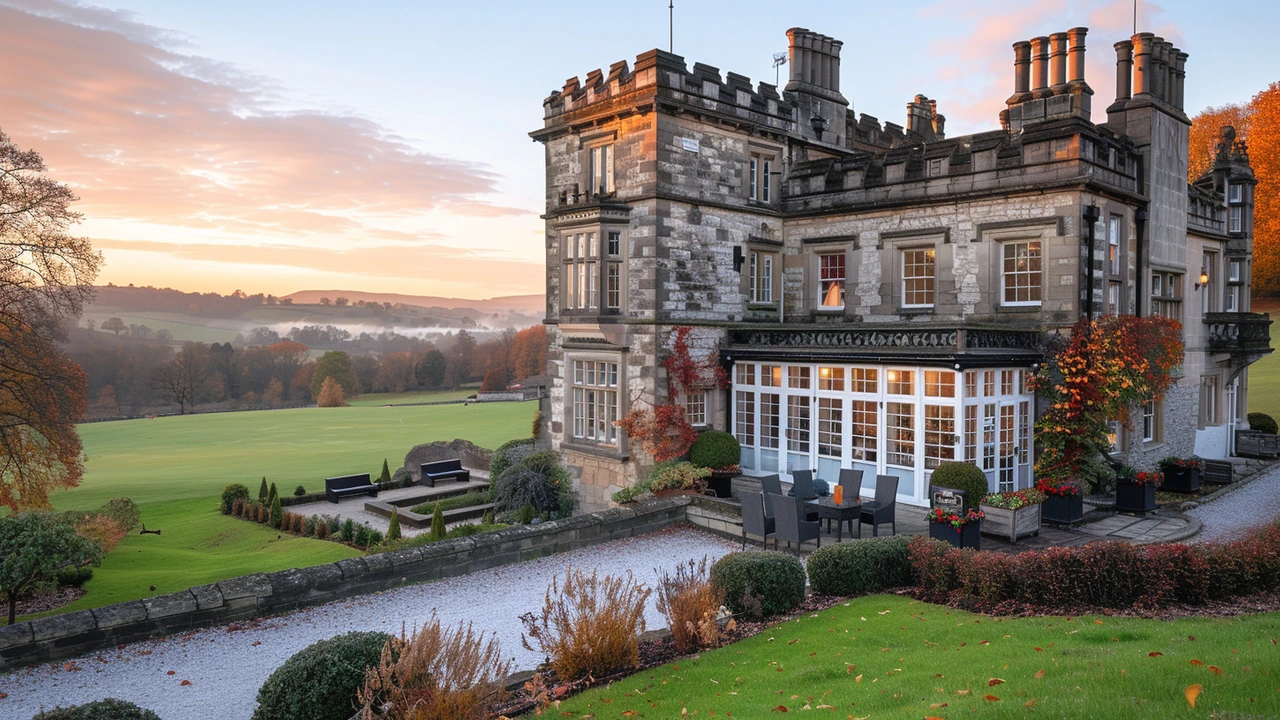Design Elements: What to Look for in Architecture & Interiors
One detail can change how a building feels. A curved arch, a narrow window, or a simple cornice can tell you where a structure came from and how people lived. This page helps you spot those clues and use them when you redesign a room or visit a city.
Spotting design elements
Start with silhouette. Rooflines and building shapes give instant hints—gambrel roofs point to Dutch Colonial, domes scream Byzantine, and steep gables often mean Gothic influence. Look next at openings. Rounded arches suggest Romanesque or Renaissance; pointed arches lean Gothic; tall, thin windows can mean expressionist or modern. Count columns and note capitals. Ionic, Doric, and Corinthian capitals signal classical roots; plain square posts often belong to Craftsman styles.
Materials matter. Heavy stone and thick walls tend to be older or revival styles; light steel and glass usually mean modern or functionalist design. Ornamentation tells a story too. Heavy decoration and gold leaf point to Baroque or Rococo, while flowing organic lines hint at Art Nouveau. Minimal surfaces and hidden joins point to Minimalism or some modern tech-driven approaches.
Using elements in your space
Want to add a historic touch without overdoing it? Pick one or two strong elements and repeat them. Add a single archway, use column-like pilasters around a fireplace, or choose a patterned tile that echoes a style. Mix with care: a Greek Revival column will clash with bold postmodern color unless you balance scale and material.
Think small, act smart. Swap hardware—door knobs, light fixtures, and cabinet pulls—before committing to big changes. Those touches can nudge a room toward Craftsman, Art Nouveau, or Industrial with little cost. For bigger updates, match proportions. If the room is low, avoid tall, heavy moldings. If ceilings are high, add crown moldings or tall windows to fill vertical space.
Preservation tips if you work on older buildings: test materials before replacing them, keep original profiles of moldings, and document what you change. Modern copies can feel fake when scale and finish are off. When in doubt, mirror the original rhythm—repeated windows, aligned cornices, and consistent setback lines keep a building feeling coherent.
Travel with purpose. When you visit a city, focus on one element each day—arches, roofs, or facades—and take photos. Over time you’ll build a visual library that helps in design decisions. Use those photos to brief contractors or shop for pieces that match real proportions, not just catalog versions.
Design elements are tools. Know a few common ones, choose a clear direction, and use scale and material to make them real. That’s how you turn a house into a place that feels intentional, not accidental.

Tudor Architecture: Celebrating Timeless Craftsmanship
Tudor architecture showcases a unique blend of medieval and early Renaissance influences, characterized by its distinct half-timbering, steep gable roofs, and charming brickwork. This iconic style emerged in England between the late 15th and early 17th centuries and remains popular today, as its aesthetic appeal captures both elegance and historical charm. Critical to its allure are the intricate details and craftsmanship that highlight the artistic expression of the era. Understanding the features and historical backdrop of Tudor architecture can inspire today's designs and renovations.
Read more
Exploring Tudor Architecture: From Magnificent Castles to Charming Cottages
Dive into the world of Tudor architecture, a style that has captivated historians and architects for centuries. This article explores the versatility of Tudor architecture, from its origins in the grand castles of the 16th century to its charming adaptations in modern cottages. We delve into the distinctive design elements that define Tudor buildings and provide insights into how these features have influenced contemporary architecture. Join us as we journey from the grandiose to the quaint, uncovering the enduring legacy of Tudor architecture.
Read more